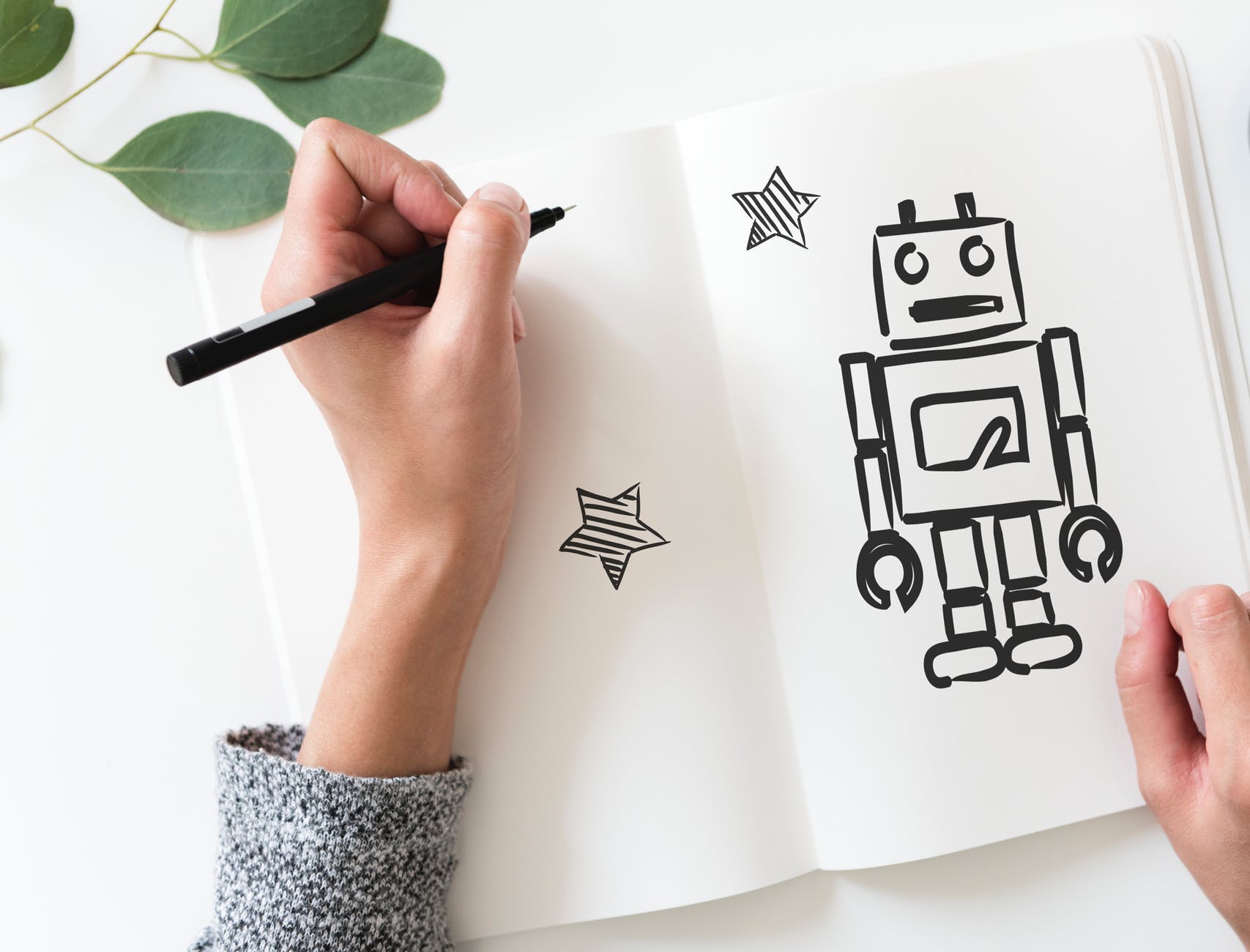


The Future is Artificial
What is it that makes humans special? We can’t run as fast as cheetahs, we can’t swim like dolphins nor are we as strong as a rhinoceros but somehow we’ve made it to the top of the food chain. The most likely reason, apart from divine providence, is that unlike any other species, human beings innovate, create and make things. So, even though we might not be the fastest, strongest or biggest creatures, our ability to create things that make life easier, safer and more fun for ourselves, and sometimes even for other species, has set us apart. This innovative streak started small, from leaves strung together to protect us from the elements, stones carved to make weapons and tools, wood bent to create spears and frames, animals tamed to help move heavy things, and so on. But the big discovery in those early centuries that really turned the tide in our favour was surely the discovery of fire. Man’s red flower, as Balu would call it, was what separated us from the other animals all those years ago, and we haven’t looked back ever since. In fact, we’ve come so far that we’re now playing God ourselves and we’re on the cusp of creating fully sentient beings in our own image. The future is Artificial and our creations might just be more intelligent than us.
Artificial Intelligence is exactly what the name suggests. It comprises non-living things with their own intelligence, robots who can think, plan and execute tasks on their own without a human guiding them by remote control. It is machines thinking by themselves and maybe even for themselves. And while we’re a bit away from Terminator or iRobot like situations (hopefully!), there are spaces of human dominance which are slowly being taken over by AI. One such space is art.
Marcus Du Sautoy, who’s the Charles Simonyi Professor of Public Understanding at Oxford, seeks to unravel a simple question in his new book The Creativity Code.
Most books on AI focus on the future of work. But now that algorithms can learn and adapt, does the future of creativity also belong to well-programmed machines? For some time now, we’ve seen computer generated copies of art and music, but what if AI can now create art on its own. Du Sautoy examines the nature of creativity and studies how engineers are figuring out how creativity works, how human beings imagine and are inspired to create beautiful works of art. And then putting all that knowledge into a computer programme.
Will DJs be replace by AI-Js? Will the next great painter be made of microchips and processors? Will a robot dance better than Michael Jackson ever could? We may never be able to answer these questions, but one thing’s for sure: in mankind’s quest to strive for the next great innovation, the next big thing, we’re sure to sacrifice something in return. Creativity, it seems, might just be the next thing to go.



Leave a comment